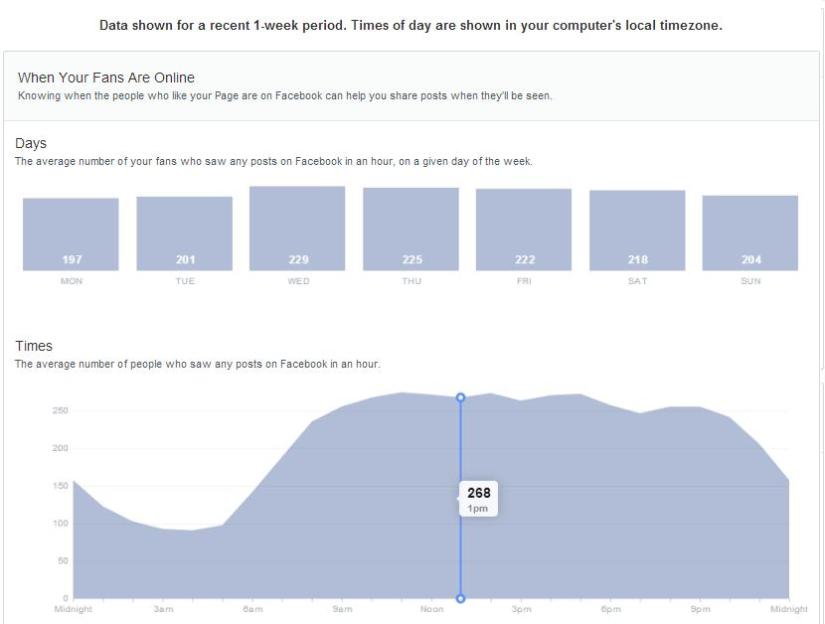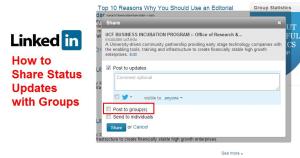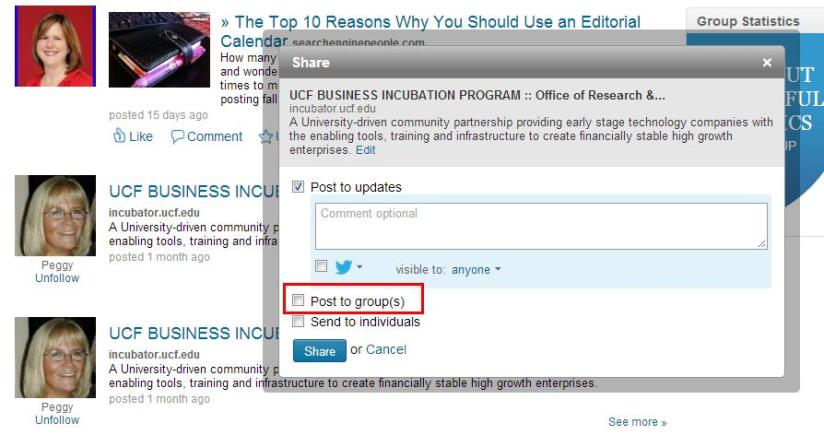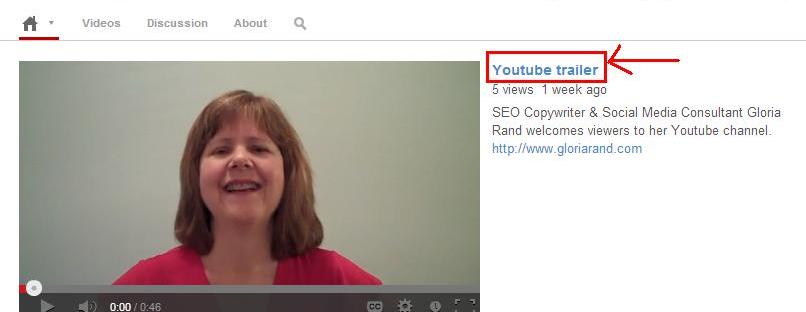 Stuck for ideas on what to write about for your company’s blog? It’s a common complaint, especially if you don’t think of yourself as a writer. But no matter what your industry or profession – be it plumber, landscape lighting contractor or chiropractor – you can come up with plenty of articles for your blog if you focus the topics on these three areas:
Stuck for ideas on what to write about for your company’s blog? It’s a common complaint, especially if you don’t think of yourself as a writer. But no matter what your industry or profession – be it plumber, landscape lighting contractor or chiropractor – you can come up with plenty of articles for your blog if you focus the topics on these three areas:
- Price/Cost
- Problems
- Comparisons
Price/Cost Blog Topic
Many businesses that sell services, or expensive products, are reluctant to talk about their prices online. They prefer to discuss pricing with prospective customers in person or on the phone. The reasoning is that their prices may scare off potential customers, who perceive the product or service as being too expensive. Or, businesses may be afraid that their competition will undercut them.
Here’s the problem with this type of thinking.
Why worry that someone can’t afford your products/services? Not everyone can. That’s just a fact of life. You should be more concerned about doing the best job you can, so you’ll attract people who CAN afford your products/services.
As for the competition — well, they probably know your prices already.
You don’t have to mention specific prices in a blog article, but you can talk about pricing in more general terms, such as:
- Pricing forecast for your industry
- Compare price ranges of two different products
- New vs. used in terms of pricing
Write about Problems
Do your customers ever have problems with your products or services? Maybe you already have a list of Frequently Asked Questions that deal with problems on your website. These make great material for blog articles.
Address each problem in a separate article and of course, provide the solution. Try writing a, “How NOT to…” article for your business as well as a “How to…” article and explain the problem and solution with each one.
Odds are, for every product or service you sell, you can come up with at least 3-6 articles that relate to problems.
Compare and Contrast Articles
A third strategy to use for coming up with blog articles is the compare and contrast style. Write about pros and cons of buying your services/products. Present the best and worst products, services, etc. in your industry and justify your reasoning. If you offer a low-price item versus a more expensive one – contrast the two and make the case for when people should buy the inexpensive one, versus the deluxe model.
The key in all of these articles is to demonstrate your expertise about your products/services and your industry. Also, keep in mind the Golden Rule of Blogging: “they ask, you answer” which means you will endear yourself to your readers and prospects if you address customer questions and problems in your blog.
Get Organized
Before you write your next blog article, take time to make a list of article titles based on the three categories I’ve mentioned here: Price/Cost, Problems & Comparisons. Use an editorial calendar to plan out when you’ll publish each article. This way, you can finally stop stressing about what to write about and concentrate on providing useful content for your prospects and customers.
If you enjoyed this article, please share it on Facebook, etc.


 All good things must come to an end, they say. So it is for this blog. But it’s not really an ending. It’s actually a new beginning.
All good things must come to an end, they say. So it is for this blog. But it’s not really an ending. It’s actually a new beginning. 

 As a copywriter, one of the more common assignments I get from clients is helping them rewrite the About Us page for their company’s website. Over the years, I’ve noticed that companies make a few common mistakes when it comes to this all-important page,
As a copywriter, one of the more common assignments I get from clients is helping them rewrite the About Us page for their company’s website. Over the years, I’ve noticed that companies make a few common mistakes when it comes to this all-important page,






 Stuck for ideas on what to write about for your company’s blog? It’s a common complaint, especially if you don’t think of yourself as a writer. But no matter what your industry or profession – be it plumber, landscape lighting contractor or chiropractor – you can come up with plenty of articles for your blog if you focus the topics on these three areas:
Stuck for ideas on what to write about for your company’s blog? It’s a common complaint, especially if you don’t think of yourself as a writer. But no matter what your industry or profession – be it plumber, landscape lighting contractor or chiropractor – you can come up with plenty of articles for your blog if you focus the topics on these three areas:
 Got an event you want to promote to more than one LinkedIn group? Want to share a great quotation with several LinkedIn groups at the same time?
Got an event you want to promote to more than one LinkedIn group? Want to share a great quotation with several LinkedIn groups at the same time?


 Video is undeniably a powerful marketing tool, especially for small businesses. You don’t need a big budget to create videos that will drive traffic to your website or sell your products. That doesn’t mean any old video will work. It can’t be boring! Here are a few tools to help you create videos that will interest your prospect and lead him or her to buy:
Video is undeniably a powerful marketing tool, especially for small businesses. You don’t need a big budget to create videos that will drive traffic to your website or sell your products. That doesn’t mean any old video will work. It can’t be boring! Here are a few tools to help you create videos that will interest your prospect and lead him or her to buy: 


 Visit one of the many YouTube channels lately and you’re going to notice a new layout. The video site has revamped the look to make your branding work across a variety of devices, including smartphones and tablets. You can show off more content to fans, and you can reach out to non-subscribed viewers.
Visit one of the many YouTube channels lately and you’re going to notice a new layout. The video site has revamped the look to make your branding work across a variety of devices, including smartphones and tablets. You can show off more content to fans, and you can reach out to non-subscribed viewers.